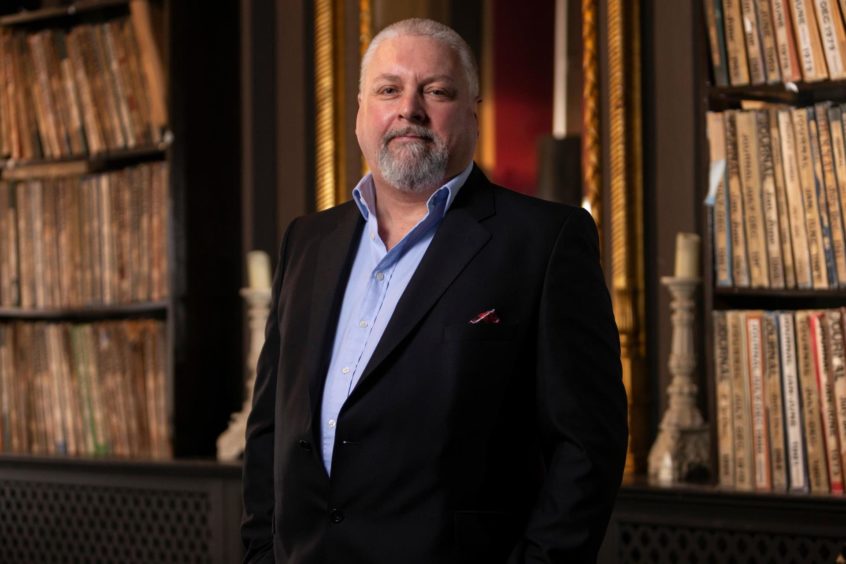
The words “resilience” and “robustness” have been used a lot recently to describe our industry’s response to various challenges. These have included:
· Recovering from the excesses that were driven by the oil price bubble which started during the 2008 financial crisis and collapsed in the middle of 2014;
· The perceived “imminent” end of the North Sea as a major oil and gas basin, and;
· The pandemic.
Resilience is typically defined as the ability of a system to recover from perturbations.
Robustness is similarly defined as the ability of a system to remain effective under different conditions.
Within our industry some businesses have shown extreme resilience and robustness, whereas others, typically because of their niche positioning in the market and inability to change have been harder hit.
I would go further and suggest that some parts of our industry have demonstrated “anti-fragility”, a concept documented in 2012 by Nassim Nicholas Taleb.
Taleb, who also developed the “black swan” theory, offered the following definition: “Some things benefit from shocks; they thrive and grow when exposed to volatility, randomness, disorder, and stressors and love adventure, risk and uncertainty. Yet, in spite of the ubiquity of the phenomenon, there is no word for the exact opposite of fragile. Let us call it anti-fragile. Anti-fragility is beyond resilience or robustness. The resilient resists shocks and stays the same; the anti-fragile gets better.”
In the same way that a tree, subject to high winds, will grow stronger than one that is placed in a sheltered location, and muscles that are continuously put under load will grow stronger than those that sit behind a desk, “anti-fragile” businesses will become stronger as a result of challenges and pressures from their environments.
But what makes a business anti-fragile?
Taleb identified a number of indicators of anti-fragility:
· fiscal conservatism,
· increase in redundancies “in some spaces” and
· avoidance of optimisation.
These points on the face of them run counter to many of the business drivers historically embedded within our industry.
Companies often borrow money to invest, and then work to service the debts. They optimise and specialise in niche areas in an attempt to reduce costs and maximise profits and they use risk-based approaches to justify the removal of apparently redundant practices and systems to “increase efficiency”.
I suggest that continuous optimisation without some level of recognition of the above will inevitably lead to the creation of fragile business models that are inconsistent with the requirements of sustainability, quality and continued delivery of competent performance.
If there’s one thing we have hopefully started to learn over the past few years, it is that a continuous push for knife-edge efficiency, just-in-time supply chains and lean-and-mean organisations is a sure fire way to build fragile businesses. All fine if there are no black swans flying around.
Recommended for you
